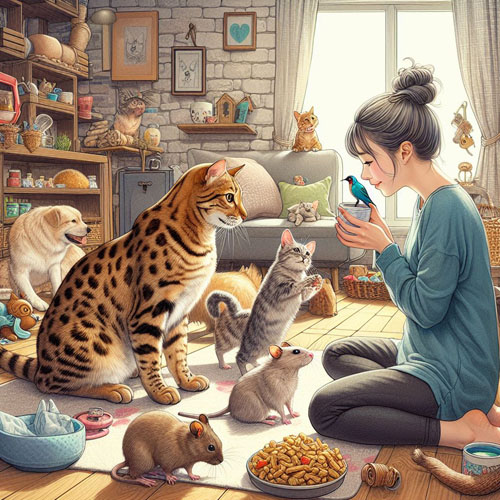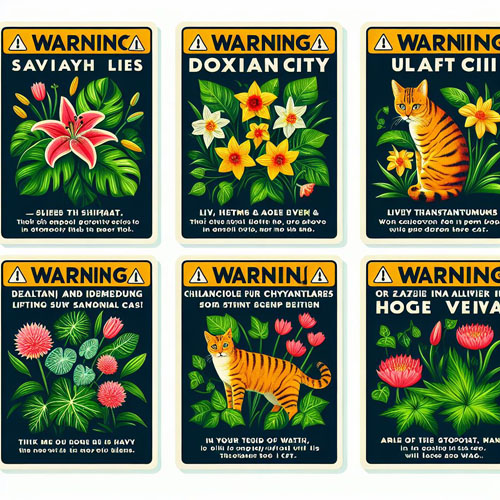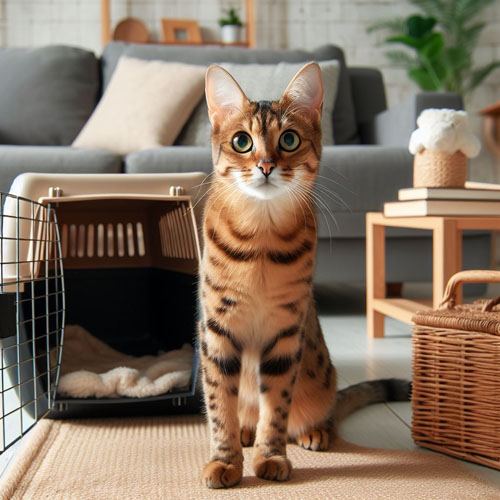Should I Keep My Savannah Cat Indoors
Yes, there are many reasons for keeping your cat safe indoors. Cats are less likely to get lost or injured (e.g., hit by a car, injured, poisoned or injured by a dog) if they are indoors. They are also less likely to participate in cat fights, suffer cat fight injuries (such as abscesses), or contract diseases such as FIV (feline immunodeficiency virus). Containment also reduces the risk of harming other animals or causing a nuisance to neighbors.
Owners of indoor cats must take steps to ensure that their feline companions receive sufficient exercise and environmental enrichment. While contained, cats do not necessarily have to live exclusively indoors if there is an enclosed patio. It is highly recommended that they have access to an outdoor enclosure that is escape-proof. This allows them to enjoy the benefits of the outdoors in a safe manner, while also providing them with ample opportunities for activity and stimulation. If you have a balcony or verandah, you can also cat-proof it by using netting. These measures enable house cats to have access to the outdoors without venturing beyond the boundaries of their home.
Some cat owners may choose to supervise their cats in the backyard, allowing them to spend some time outdoors under direct supervision. However, it is important to ensure the safety of the cat and prevent them from jumping over the fence and potentially getting lost or injured.
Kittens or cats that have only ever been contained in the home are likely to adapt better to this lifestyle, as they have never experienced anything different. It is advisable to start training kittens to be indoors from an early age.
Ensuring that your home is a stimulating and feline-friendly environment where your cat won’t get bored, there are several measures you can take.
Firstly, provide ample horizontal and vertical climbing space. Cats enjoy gaining height to observe their surroundings and feel secure. Consider investing in cat ladders, window hammocks, cat condos, or cat castles to enrich their environment.
Secondly, offer a variety of safe toys to keep your cat entertained. It’s a good idea to have different toys hidden away, allowing you to rotate them and provide new stimuli on different days. Ensure that all toys are cat-safe, avoiding string toys or small objects that could be swallowed and cause harm.
Thirdly, create hiding areas for your cat. Cardboard boxes with holes cut into them can be great for hide and seek games. Engage in interactive games with your cat that involve climbing, scratching, pouncing, chasing, stalking, and exploring to fulfill their natural behaviors.
Additionally, provide environmental enrichment opportunities for your cat to scratch, run, jump, hide, play, smell, taste, and experience new things. Encourage interaction with people and other compatible animals. Your imagination is the limit, but examples include multi-level cat scratch towers, shelving for platforms and high walkways, and purpose-built cat furniture. You can also use steps or ramps to allow your cat to access higher areas like the tops of cupboards, making them comfortable with a bed or box to hide in.
Lastly, ensure you have several scratching posts available. Cats love to scratch to maintain their nails and scent mark. By providing scratching posts, you can redirect their scratching behavior away from areas you’d prefer they didn’t scratch. If you have plants, make sure they are safe for cats by consulting with your vet.
Remember, by implementing these measures, you can create a stimulating and feline-friendly home environment for your beloved cat.
Danger to outside cats
Many cats thoroughly enjoy their outdoor adventures, exploring their surroundings and roaming their yard or neighborhood. While this outdoor time can be enriching for them, it also exposes them to additional hazards like diseases, predators, and vehicles.
1) Imagine the heartbreak of being taken away from your loved ones and the place you call home, forced to live with a stranger, never to see your family again.
2) Picture the terrifying scenario of being struck by a car, resulting in injury or even death.
3) Consider the dangers of being attacked by another cat, potentially leading to wounds or the transmission of FIV (Feline AIDS).
4) Reflect on the risks of encountering predators like coyotes, foxes, fishers, or raccoons, which could attack and harm your beloved feline.
5) Contemplate the tragic fate of getting lost and facing the agonizing choice between starving to death or freezing in the cold.
6) Ponder the horrifying possibility of your cat being abducted by a psychopath, subjected to unimaginable torture, and ultimately losing their life.
Given these distressing scenarios, it is crucial to prioritize the safety of your cats by keeping them indoors.





